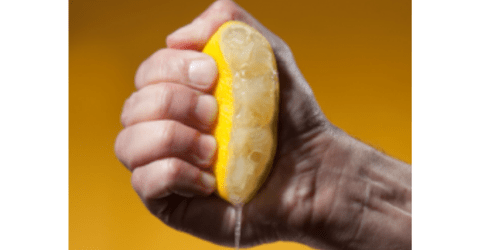Cytometer technology is continually improving, with more lasers, detectors, and channels to allow the measurement of more parameters. But researchers are too often reluctant to expand the scope of their experiments for fear of increasing design complexity. This month we explore how incorporating additional fluorochromes into your experiment can provide valuable data without making your panel design unnecessarily complex.
Why use more colors?
Measuring additional parameters can provide a more complete picture of the cell populations being studied. This is especially important in clinical cases where doctors need to obtain the maximum information concerning a patient’s immune system in a small amount of blood. Just over a decade ago, researchers were heralding a new era of flow cytometry beyond six colors, and proclaiming “Nine-color and ten-color flow cytometry offer the possibility for increased accuracy in population identification, the ability to obtain detailed information from paucicellular specimens, improved laboratory efficiency, and the means to consistently detect abnormal populations at low levels”. Many modern cytometers can measure 15 colors or more, allowing for simultaneous detection of multiple rare cell subsets. Yet, our recent Panel Design Analysis Report revealed that cytometers were still being underutilized by an average of more than five channels per experiment. In other words, the equipment can measure more parameters than are actually being tested.
Methods for Determining Antigen Density
For over 30 years, researchers have been using flow cytometry for the measurement of antigen density by quantitation of antibody binding (PMID: 9664390). The most common method involves using calibrated beads that are individually stained at saturated levels. When combinations of beads are analyzed by flow cytometry, they produce a standard curve of the geometric mean fluorescence intensity plotted against the antibody-binding capacity of the beads. Antigen density can then be calculated by staining a cell population with the same antibody. Recent studies have suggested a more accurate method for quantifying antigen density by flow cytometry-based on the value of the binding rate constant for each antibody-antigen reaction (PMID: 25687877).
Consider using new colors
Reagent suppliers are offering more fluorochrome-conjugated antibody options to accommodate larger experiments. FluoroFinder’s reagent database includes over one million antibodies and 550 fluorochromes from over 50 suppliers for use in multi-color flow cytometry, microscopy, and more. These include tandem dyes, quantum dots, fluorescent proteins, and many new proprietary dye series. For a more detailed overview of these color options, read more here. Consider trying additional colors in your next experiment! For example, ACEA Biosciences application note 21 describes a comprehensive 18-color pan leukocyte immunophenotyping panel based on OMIP-024 for immune surveillance. Designing this 18-color panel on the ACEA NovoCyte Quanteon™ configuration is made possible on FluoroFinder.
Keep Panel Design Simple
Although adding colors to your panel may increase the complexity of your experiment design, FluoroFinder simplifies the panel design process by
- Combining over one million commercially available antibodies and 550 colors from over 50 top suppliers into one, easy to compare, database
- Restricting your antibody/fluorochrome options based on your specific cytometer’s laser/filter configurations
- Displaying all your fluorochrome selections on an intuitive SpectraViewer to visualize any potential spillover
Expand the scope of your next experiment and get more data from your cytometer by incorporating new colors in your FluoroFinder panel. Get Started Now





